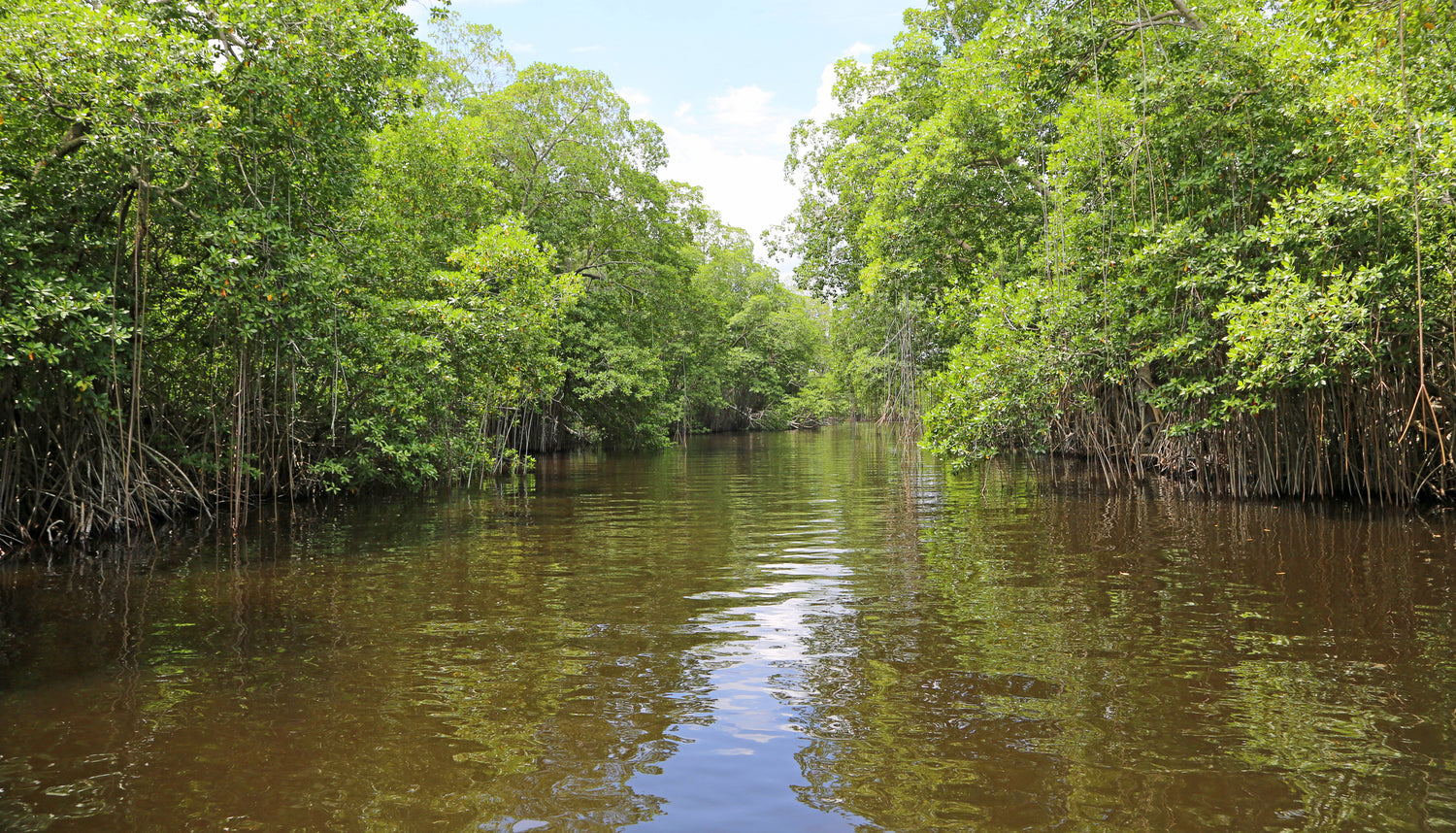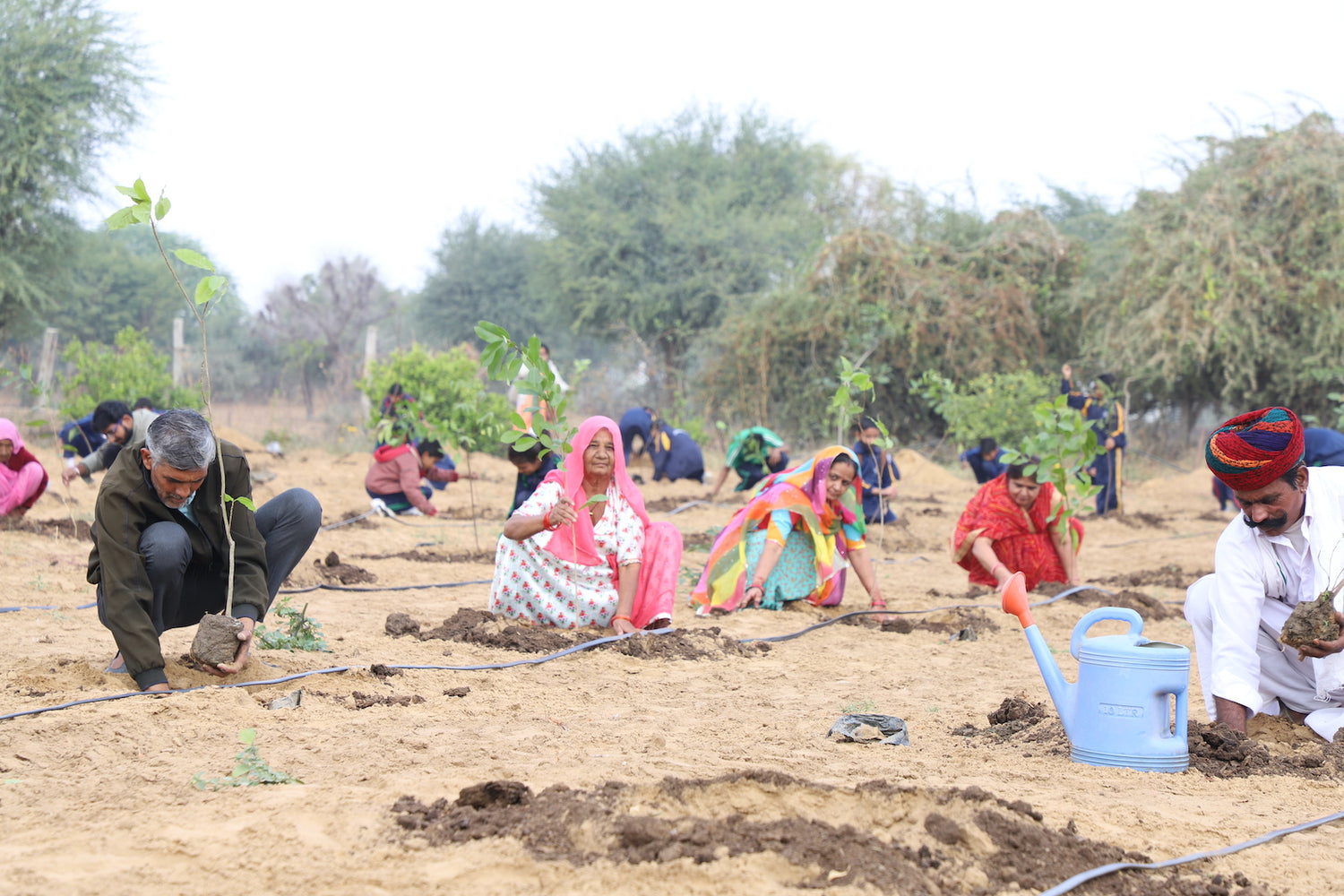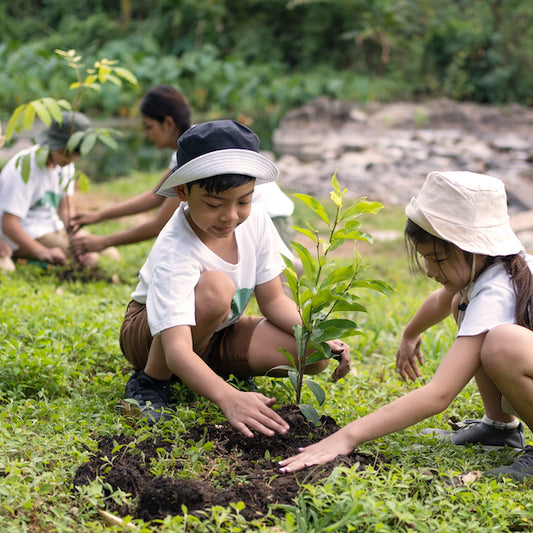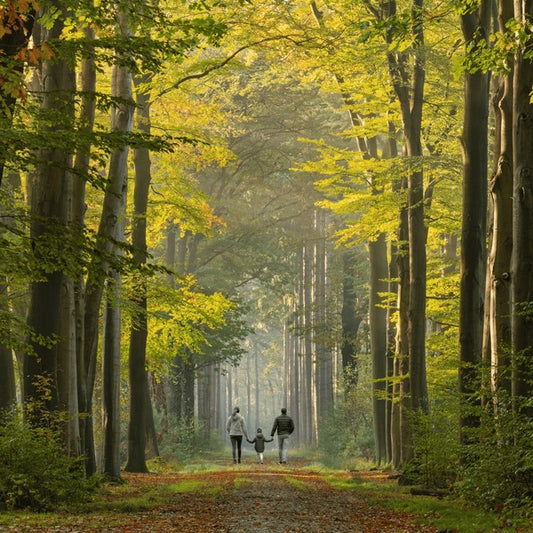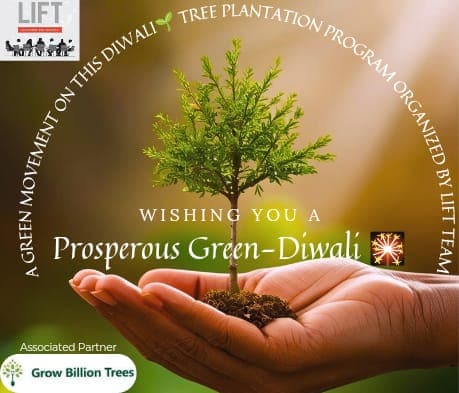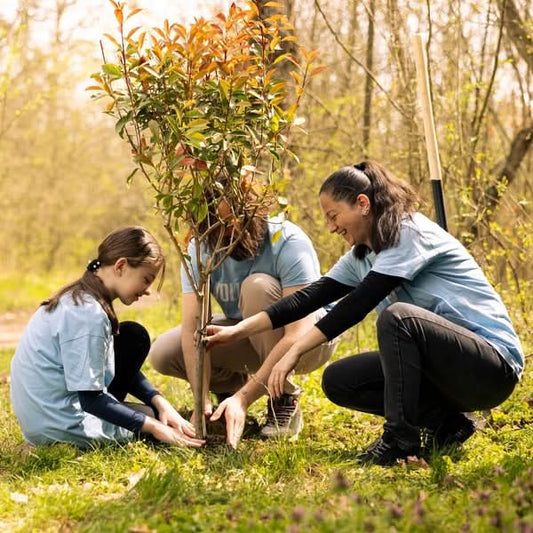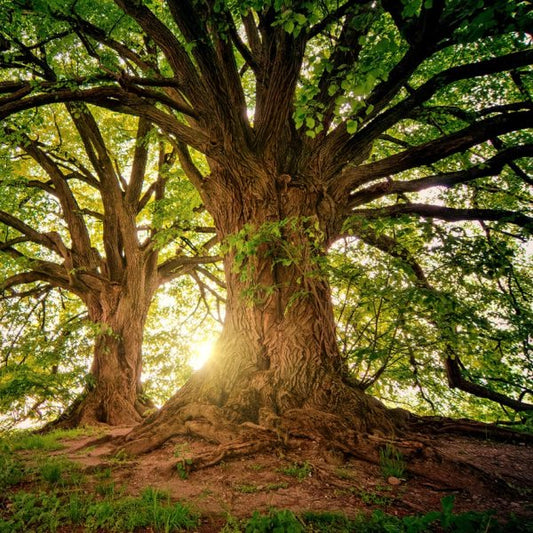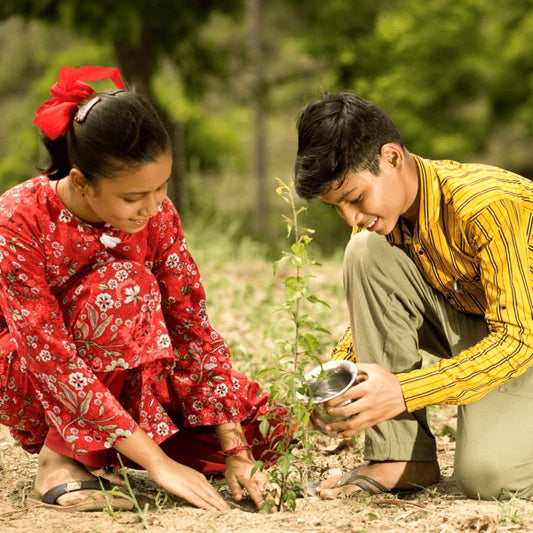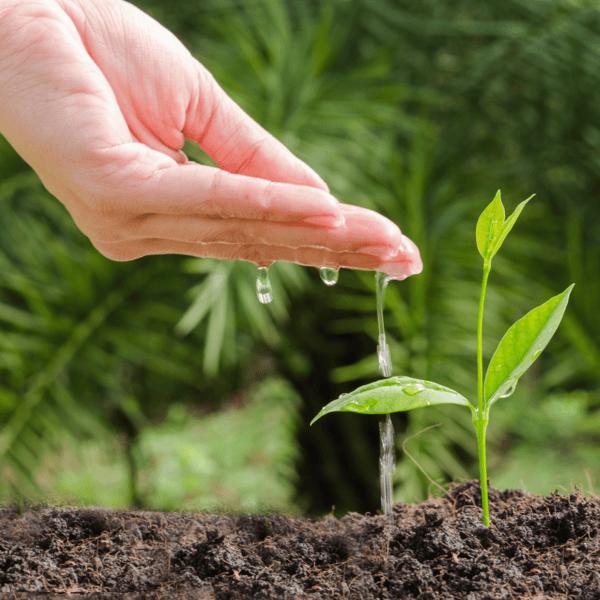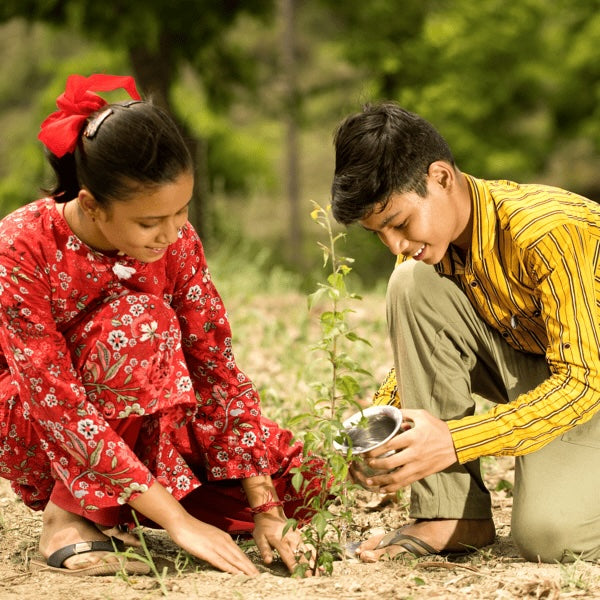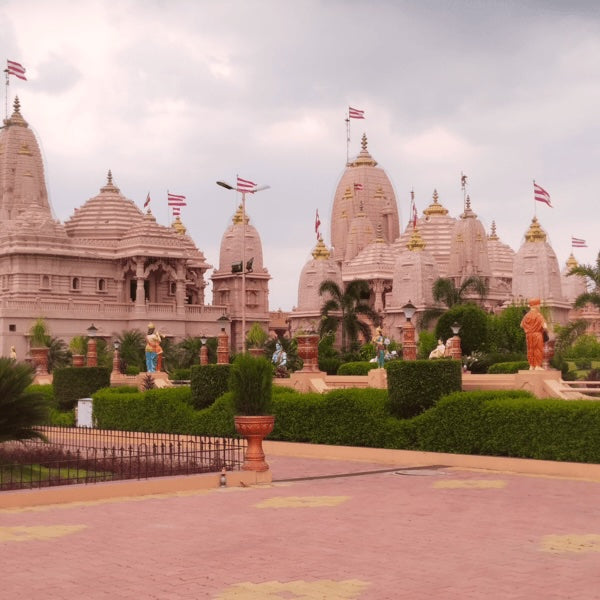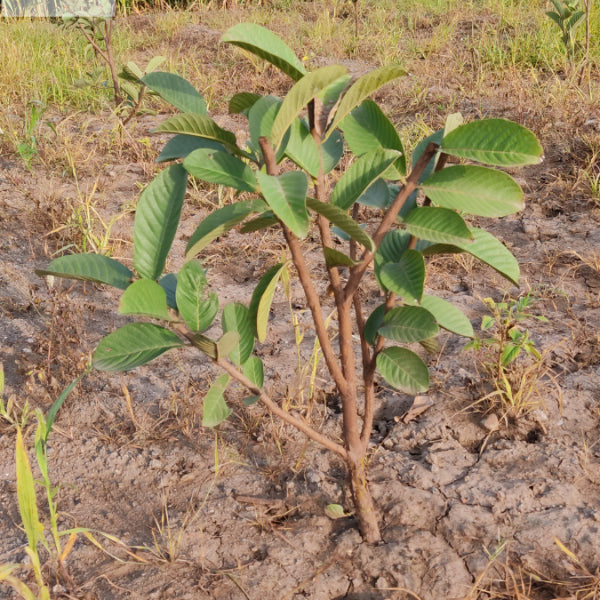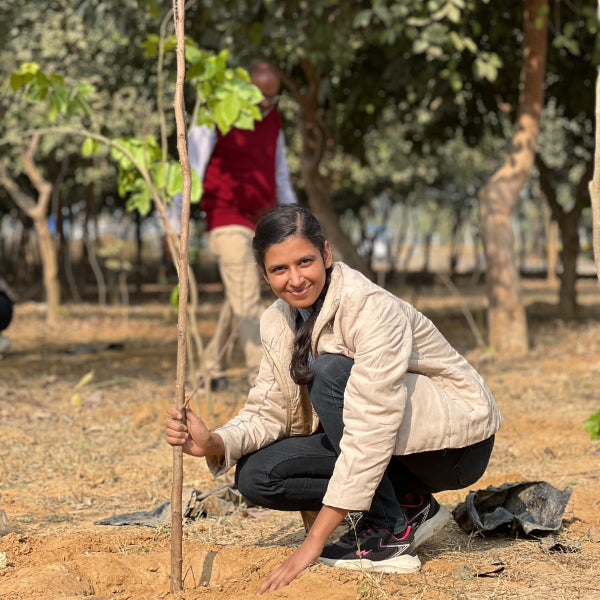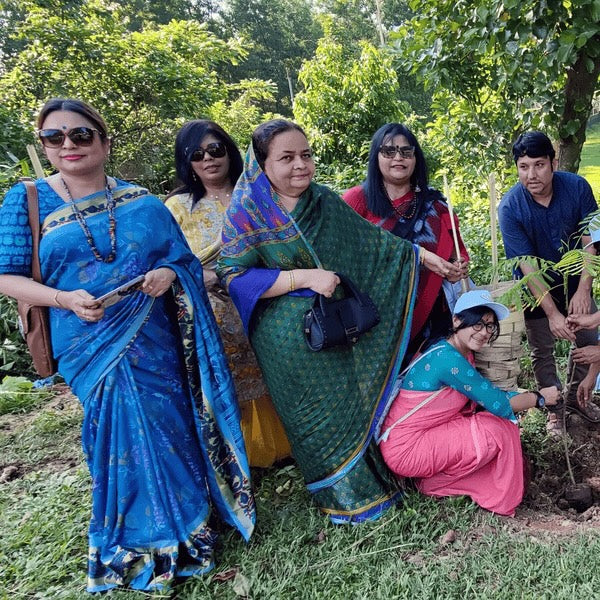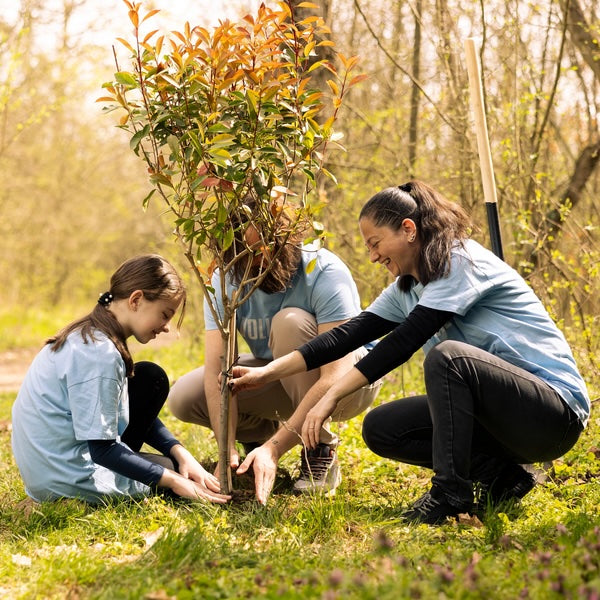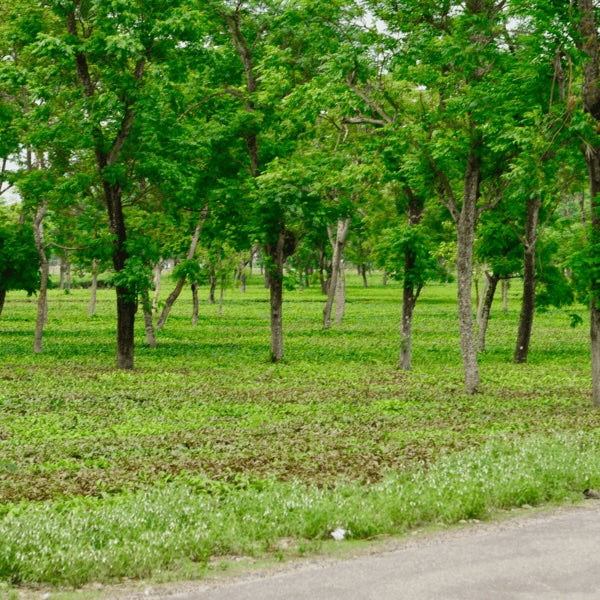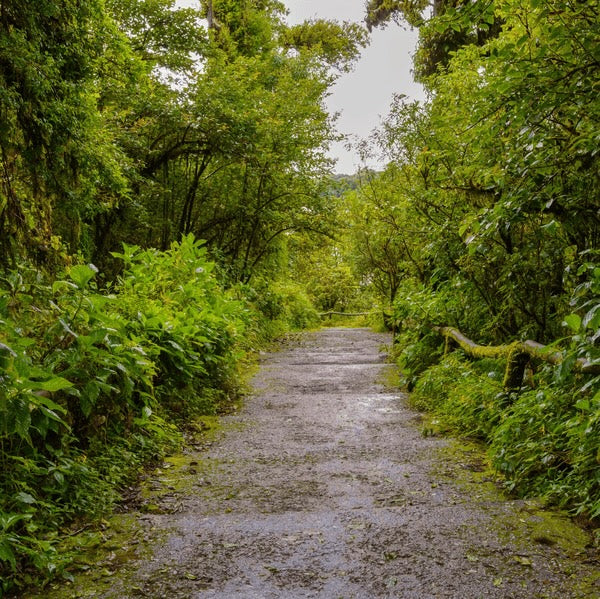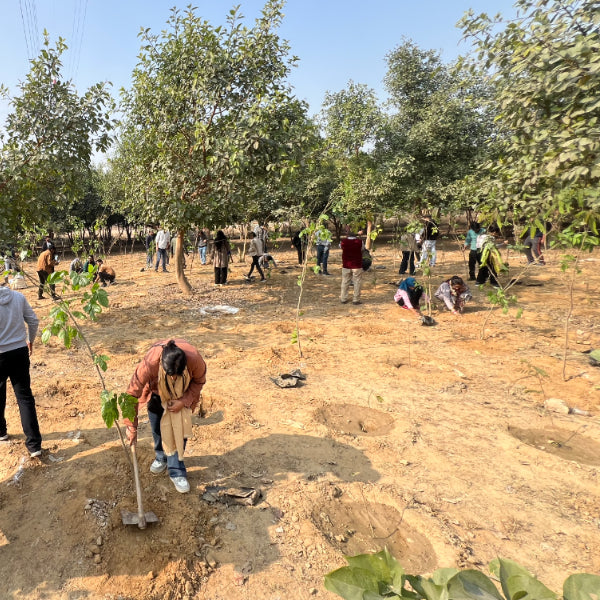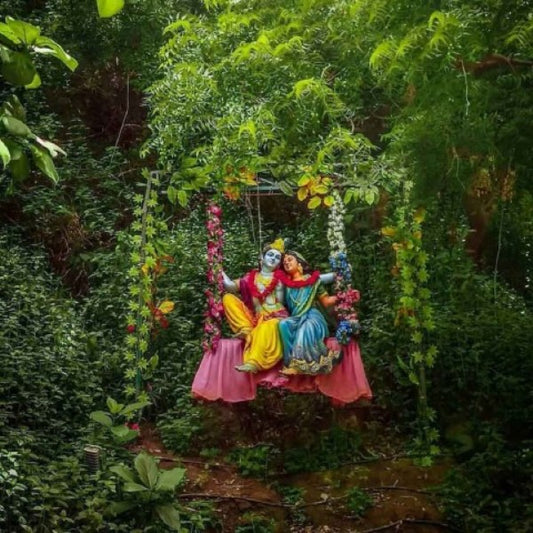Mangrove Machilipatnam: Balancing Fishery and Forest
Mangrove forests are vital ecosystems that serve as a bridge between land and sea, providing numerous ecological, economic, and social benefits. In Ma Read more
Connect with us
-
👥 Corporates
If you are looking for:
- 🌲 Tree Plantation Events
- 📊 CSR Projects
📧 corporate@growbilliontrees.com
📞 +91 9699723523
💬 +91 9325931304 WhatsApp (Only)
🕒 Mon - Sat | 10am - 7pm IST
-
🧩 Tree Plantation NGOs
If you are looking for:
- 💰 Financial Assistance
- 🤝 Operational Support
📧 support@growbilliontrees.com
📞 +91 9699723523
💬 +91 9325931304 WhatsApp (Only)
🕒 Mon - Sat | 10am - 7pm IST
-
🌼 Individuals
If you are looking for:
- 👥 Group Tree Plantation Drive
- 🌳 Bulk Tree Plantation
📞 +91 9699723523
💬 +91 9325931304 WhatsApp (Only)
🕒 Mon - Sat | 10am - 7pm IST
Trending
Trees for Corporates
Mangrove Machilipatnam: Balancing Fishery and Forest
Mangrove forests are vital ecosystems that serve as a bridge between land and sea, providing numerous ecological, economic, and social benefits.
In Machilipatnam, a coastal town in Andhra Pradesh, India, the mangrove ecosystem plays a crucial role in balancing fishery and forest conservation. This article delves into the significance of mangroves in Machilipatnam, their environmental impact, and the initiatives by Grow Billion Trees Partners to promote sustainable practices in the region.
The Importance of Mangroves 🌊
Mangroves are salt-tolerant trees that thrive in coastal intertidal zones. They are known for their complex root systems, which stabilize shorelines, reduce erosion, and provide habitat for diverse marine life. According to the Food and Agriculture Organization(FAO), mangroves store up to four times more carbon than terrestrial forests, making them essential in combating climate change.
Historical Context 📜
The history of mangrove forests in Machilipatnam dates back centuries. Historically, these forests have been integral to the livelihoods of local fishing communities. However, rapid urbanization and industrialization have led to significant degradation of these vital ecosystems. In the 1970s, extensive shrimp farming and coastal development resulted in the loss of over 50% of mangrove cover in the region.
Ecological Benefits of Mangroves 🌱
- Habitat for Biodiversity: Mangroves provide a breeding ground for various fish species, crustaceans, and birds. They support over 1,500 species of flora and fauna, including endangered species like the saltwater crocodile.
- Coastal Protection: The dense root systems of mangroves act as natural barriers against storm surges, reducing the impact of cyclones and protecting coastal communities.
- Water Quality Improvement: Mangroves filter pollutants and improve water quality, benefiting both marine life and human populations.
Economic Significance 💰
The fishing industry in Machilipatnam heavily relies on the health of mangrove ecosystems. According to a study by the Indian Journal of Marine Sciences, mangroves contribute to approximately 60% of the local fish catch. Sustainable fishing practices supported by healthy mangrove forests can lead to increased fish populations and better livelihoods for local fishermen.
Environmental Impact of Mangrove Loss ⚠️
The degradation of mangrove forests has dire consequences. Loss of habitat leads to decreased fish populations, which directly impacts local fisheries. Furthermore, the absence of mangroves increases coastal vulnerability to climate change, resulting in higher risks of flooding and erosion. A report by the World Bank indicates that restoring mangrove ecosystems can significantly reduce the economic losses associated with natural disasters.
Grow Billion Trees Partners: A Catalyst for Change 🌍
Grow Billion Trees Partners is at the forefront of mangrove restoration and conservation efforts in Machilipatnam. Their initiatives focus on:
- Community Engagement: Involving local communities in planting and maintaining mangrove trees, ensuring sustainable practices that benefit both the environment and local livelihoods.
- Awareness Campaigns: Educating the public about the importance of mangroves and the need for conservation through workshops, seminars, and social media outreach.
- Partnerships: Collaborating with government agencies, NGOs, and research institutions to implement effective restoration projects and monitor their progress.
Through these efforts, Grow Billion Trees Partners aims to restore over 1,000 hectares of mangrove forests in the region, contributing to biodiversity conservation and enhancing the resilience of coastal communities.
Fun Facts About Mangroves 🌟
- Mangroves can live for over 100 years and can grow up to 50 feet tall!
- They are home to unique species like the mudskipper, a fish that can walk on land!
- Mangroves can filter up to 90% of pollutants from water, making them natural water purifiers.
Conclusion 🌈
The mangrove forests of Machilipatnam are not just a natural resource; they are a lifeline for local communities and a critical component of the global ecosystem. Balancing fishery and forest conservation is essential for sustainable development in the region. With the support of organizations like Grow Billion Trees Partners, there is hope for the restoration and preservation of these vital ecosystems for future generations.
By understanding the importance of mangroves and actively participating in conservation efforts, we can ensure that Machilipatnam remains a thriving hub of biodiversity and sustainable fisheries. 🌿
Mangrove Ecosystem
Picture a superhero team-up where fish and trees join forces! The mangrove ecosystem is a unique blend of coastal forests and aquatic life, creating a vibrant habitat that supports both marine and terrestrial species. It’s like nature’s version of a potluck dinner, where everyone brings their best dish to the table.
Fishery Management
Think of fishery management as the referee in a game of catch and release. It ensures that our finned friends don’t get overfished while still allowing fishermen to reel in their daily catch. It’s all about balance, like a tightrope walker with a fishing rod!
Coastal Conservation
Coastal conservation is like giving Mother Nature a spa day. It involves protecting and restoring coastal habitats, ensuring that mangroves and marine life thrive. After all, who doesn’t want a healthy coastline that looks fabulous?
Sustainable Fishing
Sustainable fishing is the eco-friendly way to enjoy seafood without guilt. It’s like choosing organic kale over a greasy burger—better for you and the planet! This practice ensures fish populations remain healthy while satisfying our cravings for the ocean’s bounty.
Mangrove Restoration
Mangrove restoration is akin to a makeover show for nature. It involves replanting and rehabilitating mangrove forests that have been damaged or destroyed. With a little TLC, these coastal guardians can return to their former glory, providing homes for countless species.
Biodiversity Hotspot
A biodiversity hotspot is like the VIP section of nature’s club. It’s an area rich in various species, making it a crucial spot for conservation efforts. Protecting these hotspots ensures that we keep the party going for generations to come.
Climate Resilience
Climate resilience is nature’s way of saying, “I got this!” It refers to the ability of ecosystems, like mangroves, to withstand and adapt to climate change. These resilient trees are the ultimate survivors, standing tall against rising seas and fierce storms.
Ecotourism Opportunities
Ecotourism opportunities are like a treasure map for adventure seekers. They offer a chance to explore the beauty of mangroves while supporting local communities and conservation efforts. It’s a win-win for both travelers and the environment!
Marine Life Habitat
The marine life habitat is the underwater equivalent of a bustling city. It’s where fish, crustaceans, and other sea creatures call home, thriving in the protective embrace of mangroves. It’s a vibrant community that keeps the ocean alive and kicking!
Community Involvement
Community involvement is the secret sauce to successful conservation. When locals get engaged in protecting their mangroves, it’s like throwing a block party for nature. Everyone pitches in, ensuring that both fishery and forest flourish together.
Environmental Education
Environmental education is the brainy sidekick in the quest for sustainability. It empowers individuals with knowledge about the importance of mangroves and fisheries, turning them into eco-warriors ready to protect their coastal treasures. Knowledge is power, after all!
Policy Advocacy
Policy advocacy is the megaphone for nature’s needs. It involves pushing for laws and regulations that protect mangroves and fisheries, ensuring that decision-makers hear the call for conservation. It’s like being the voice of the voiceless, championing the cause of our coastal ecosystems.
You may like
Corporate Plantations
FAQ
What is Mangrove Machilipatnam?
A coastal wonderland where fish and trees play a game of hide and seek! Mangrove Machilipatnam is a unique ecosystem that balances fisheries and forests, providing a habitat for diverse wildlife while supporting local fishing communities. It’s nature’s way of saying, “Let’s share the wealth!”
Why are mangroves important?
Think of mangroves as nature’s superheroes! They protect coastlines from erosion, provide nursery grounds for fish, and sequester carbon like pros. Plus, they offer a cozy home for countless species. So, when you see a mangrove, tip your hat to its eco-friendly prowess!
How do mangroves support fisheries?
Mangroves are the ultimate fish daycare! Their intricate root systems create safe havens for juvenile fish, allowing them to grow big and strong. This means more fish for local fishermen and a thriving economy. It’s a win-win for both fish and folks!
What threats do mangroves face?
Poor mangroves! They’re battling pollution, deforestation, and climate change like a heavyweight champion. Urban development and shrimp farming are also throwing punches. But fear not! With awareness and action, we can help them rise from the ropes and thrive again.
How can we protect mangroves?
Start by supporting conservation efforts, spreading awareness, and participating in tree-planting initiatives. Every little bit helps! Remember, protecting mangroves is like giving a high-five to Mother Nature. Let’s keep those green giants standing tall!
What role do mangroves play in climate change?
Mangroves are the climate change ninjas! They absorb carbon dioxide at an impressive rate, helping to combat global warming. By preserving these ecosystems, we’re not just saving trees; we’re also giving our planet a fighting chance. Who knew trees could be so cool
Can mangroves improve water quality?
Absolutely! Mangroves are nature’s water filters, trapping sediments and absorbing pollutants. They help keep coastal waters clean and clear, which is great news for fish and humans alike. So, next time you sip on that fresh seafood, thank the mangroves for their hard work!
What can local communities do for mangroves?
Local communities are the mangrove’s best friends! By engaging in sustainable fishing practices, participating in conservation programs, and educating others, they can help protect these vital ecosystems. Together, they can create a ripple effect of positive change. Teamwork makes the dream work!
Are there any successful mangrove restoration projects?
You bet! There are inspiring success stories where communities have banded together to restore mangrove habitats. These projects not only revive ecosystems but also boost local economies. It’s like a comeback story for the ages—mangroves rising from the ashes!
How do mangroves benefit biodiversity?
Mangroves are the ultimate biodiversity buffet! They provide food and shelter for countless species, from fish to birds to crabs. This rich habitat supports a vibrant ecosystem, making it a hotspot for nature lovers. So, if you’re into wildlife, mangroves are the place to be!
What can tourists do to support mangrove conservation?
Tourists can be eco-warriors too! By choosing eco-friendly tours, respecting local wildlife, and supporting conservation initiatives, they can make a positive impact. Remember, every visit is an opportunity to learn and contribute. Let’s make those mangroves the star of the show!
How does Grow Billion Trees contribute to mangrove conservation?
Grow Billion Trees is on a mission to plant trees and restore ecosystems, including mangroves! By raising awareness, supporting local communities, and engaging in restoration projects, we’re helping to ensure that these vital habitats thrive for generations to come. Join us in making a difference!

